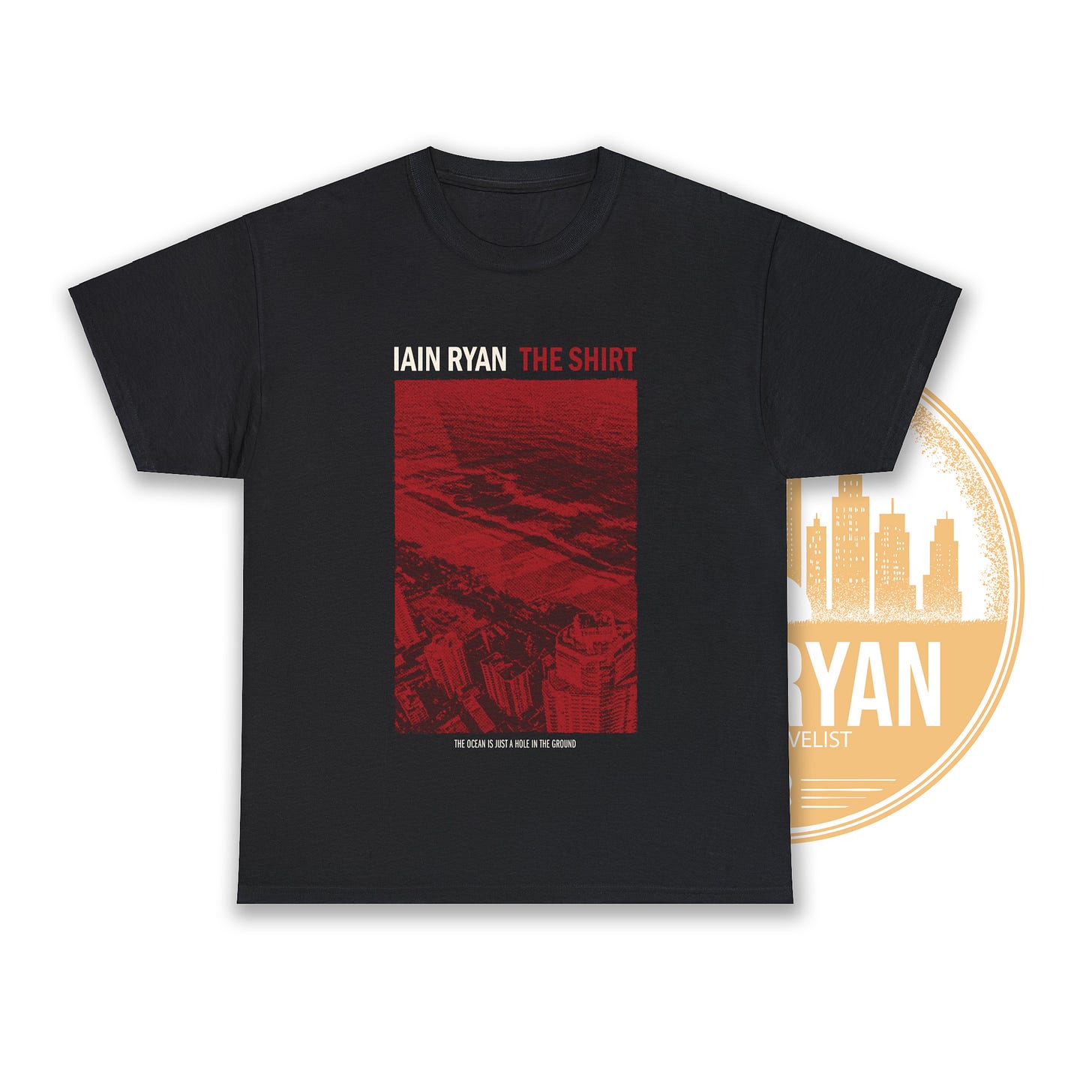ART SAVES NOBODY
On Stieg Larsson, Sonic Youth bootlegs, mood boards, Monsters and David Shields
I’m back after a spell.
There’s no big story to tell. I needed a break, so I took one.
1. THE GIRL WHO PLAYED WITH FIRE (NOVEL)
I finally read Stieg Larsson. Having seen the three original Millennium Trilogy films, then Fincher’s excellent remake (2011), I wondered what The Girl Who Played With Fire might offer when I noticed it on the shelf of my local library. What really caught my eye was the cover log line:
Over 23 Millions Copies Sold.
I knew he sold a lot, but 23 mil is more than a lot. That’s a Taylor Swift-level, bona fide pop cultural moment…in book form. Even more astounding, I’d heard from almost everyone the same thing: it sucked.
Not true. It’s great.
It is against type: overly descriptive, meandering, salacious and strangely virtuous in equal measure. A curdled mess, in total.
But what no one told me was that Larsson could write. He could write so well, in fact, that all these problems of his became features. Above all else, he had a wild amount of carefully submerged style.
Today, we call it a vibe. He has an undeniable vibe.
2. DEATH TO OUR FRIENDS (SONIC YOUTH BOOTLEG)
When I was a kid, I had one true goal in life. I was going to get enough money to buy all the Sonic Youth CDs (then freshly reissued by Geffen) and perform some sort of alpha-omega speed-run on the catalogue. It wasn’t just about collecting them all, it was about understanding the broader arc of the band’s career.
Almost 30 years later, I’ve listened to these records countless times and I’m still trying to get my head across that broader arc.
Lately, I’ve been listening to this ‘7-disc’ compilation of Sonic Youth live bootlegs, curated by fans and entirely free on Internet Archive.
3. INSTAGRAM AS AN OPEN CHANNEL
I’ve been using Instagram a little differently these days. For years, I struggled — like every other writer — to show the work. That’s because I assumed the the work is typing. That’s not entirely right.
Now I consider the messiness of my own consumption and thinking as part of the work. And once I started sharing that in a totally unstructured way — which is how it sits in my head and my notebooks — Insta became a lot more fun.
All I’m doing is showing you how I keep the channel open, to quote Martha Graham.
4. MONSTERS S2 AND INDUSTRY S3 (TV)
I thought Monsters Season 2 was a disgrace, but in the best possible way.
I’ve noticed people are furious about the show online, to which I’ll say this: if you don’t like to be reminded of your own perverted voyeurism, don’t watch stuff that puts it on the surface of your entertainment. Stick to the prim and proper.
To be honest, I much preferred Industry’s third season. Probably the single best Bret Easton Ellis adaptation I’ve seen, barring, of course, the fact that he didn’t write it.
5. ART SAVES NOBODY (QUOTE)
From an interview with David Shields, author of Reality Hunger:
CP: You quote (David) Wallace…that only art can “construct a bridge across the abyss of human loneliness.” To me, that relates to one of the three epigraphs of Reality Hunger, the one by Graham Greene: “When we are not certain we are alive.” Wallace wasn’t certain, yet he couldn’t live. Art couldn’t assuage his loneliness, despite his success.
David Shields: I’m not sure where you’re going. Art saves nobody. Neither does anything else.
Stay distracted.
END
— IAIN
PS: See how I live my life on Instagram.
PPS: This newsletter is brought to you by Suitcase by Guided By Voices.







